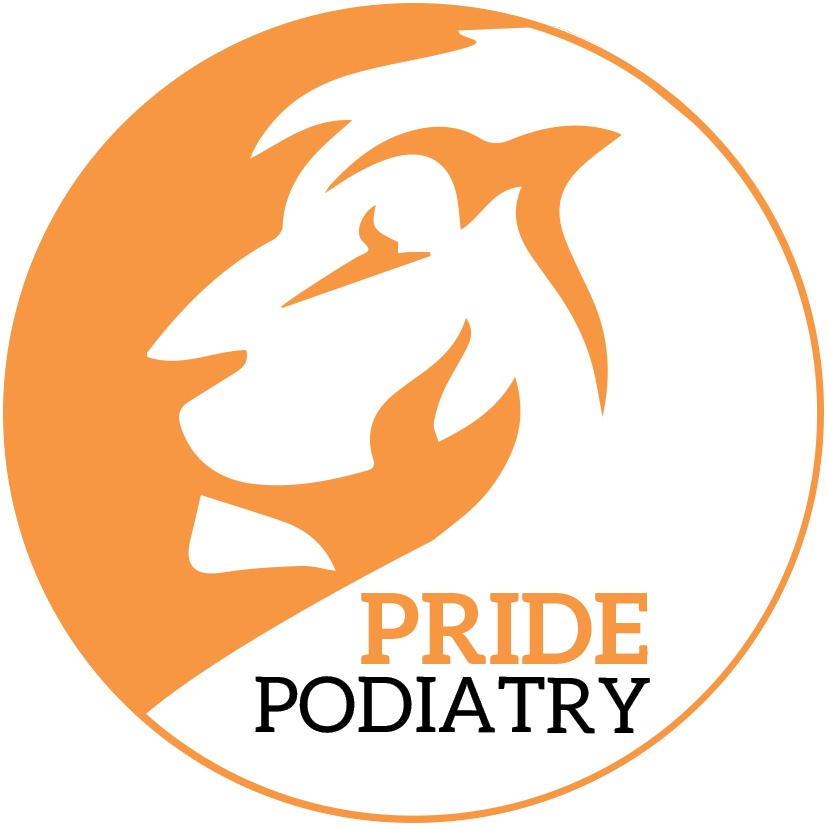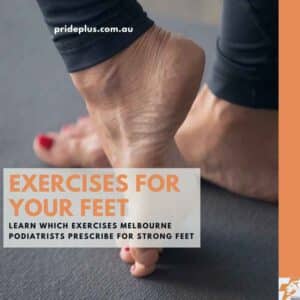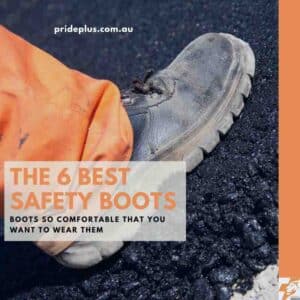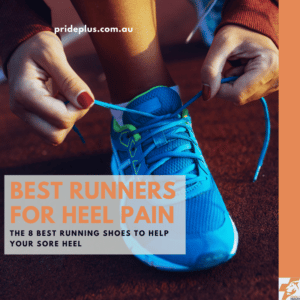It wasn’t until I became a mum and a podiatrist that I truly understood just how stressful it is to manage ingrown toenails in babies.
This facebook post resonates with me on every level.
Let’s get into the details.
What Causes Ingrown Toenails In Babies
If there is one thing that we can all agree on, it is that there is NOTHING more stressful than trimming your baby’s precious little nails.
You have not yet experienced this joy? … just you wait.
What can make it worse is when those “little piggies” become the source of pain.
Ingrown toenails are common amongst all age groups but can be a little trickier to treat when they affect a wriggling baby or toddler.
Typically, they appear as red, sore, or potentially oozy toes.
You will notice that instead of the nail growing on top of the skin, the corner/s are instead growing into the skin.
This leads to a small wound which can become easily infected.
As a parent, you are pretty in-tune when your baby is a little “off” but generally you will notice that the toe is tender to touch, they may stop crawling or walking to prevent pressure on the area, or younger babies may begin pulling at the toe.
Ingrown toenails can be caused by genetically inheriting a more curved nail, which when combined with those cute, chubby baby toes can cause issues.
Other factors that may contribute can also be tight shoes or socks, incorrect nail cutting techniques or keeping them in onesies that are just that little bit too short.
So How Do You Make It Better?
Soak your baby’s foot
Allowing the nail to soak in warm water for 10-20min will make it a little more malleable and allow you to lift the corners out very gently from the skin.
This can happen immediately after a bath for example.
This extra wiggle-room may help with trimming the nail if it is long or just preventing it from penetrating the skin further.
Treat the infection
If the nail has caused a small, localized infection at the nail site, you can treat this with the use of a topical antiseptic such as Betadine.
Placing a little at the wound point will help to reduce the swelling and therefore pain.
Betadine is the first choice antiseptic to use on ingrown toenails in babies as it’s really effective at killing almost all the bad guys. Betadine has the added bonus of not being damaging to the good guys (our babies immune response) like other antiseptics.
Keep the area clean
Focusing your attention to keep the area clean is important in the healing process.
It is best if the area can remain uncovered or unrestricted.
The use of compressive bandages, socks or shoes will generally only cause more pain and irritation.
If your baby is going outside and needs a bit more protection, opt for something that is comfortable and allows for movement.
As the saying goes, “Prevention is better than cure”.
To help ensure that your baby’s nails remain healthy, always take the time to trim the nails correctly.
Cut straight across and avoid the sides of the nail.
Also try to leave a little white line at the tip of the nail to make sure you’re not going too short.
Update your baby’s shoes, socks and clothing regularly to ensure that they are not too tight, they grow too fast sometimes!
When do I contact my podiatrist?
If you are not noticing any improvement within a few days of trying the above treatment options, or if you are worried that your baby is in significant pain, then we are here to help!
Furthermore, if you notice an increase in the redness or discharge coming from the area, it is best to get it looked at ASAP. Spreading infection is bad for any immune system let alone our precious little ones.
You can book in with our podiatry team across our Melbourne CBD clinics, in Pascoe Vale, Monbulk, Torquay or Emerald.
We’ve also produced this handy guide about how to prepare for an ingrown toenail procedure.





